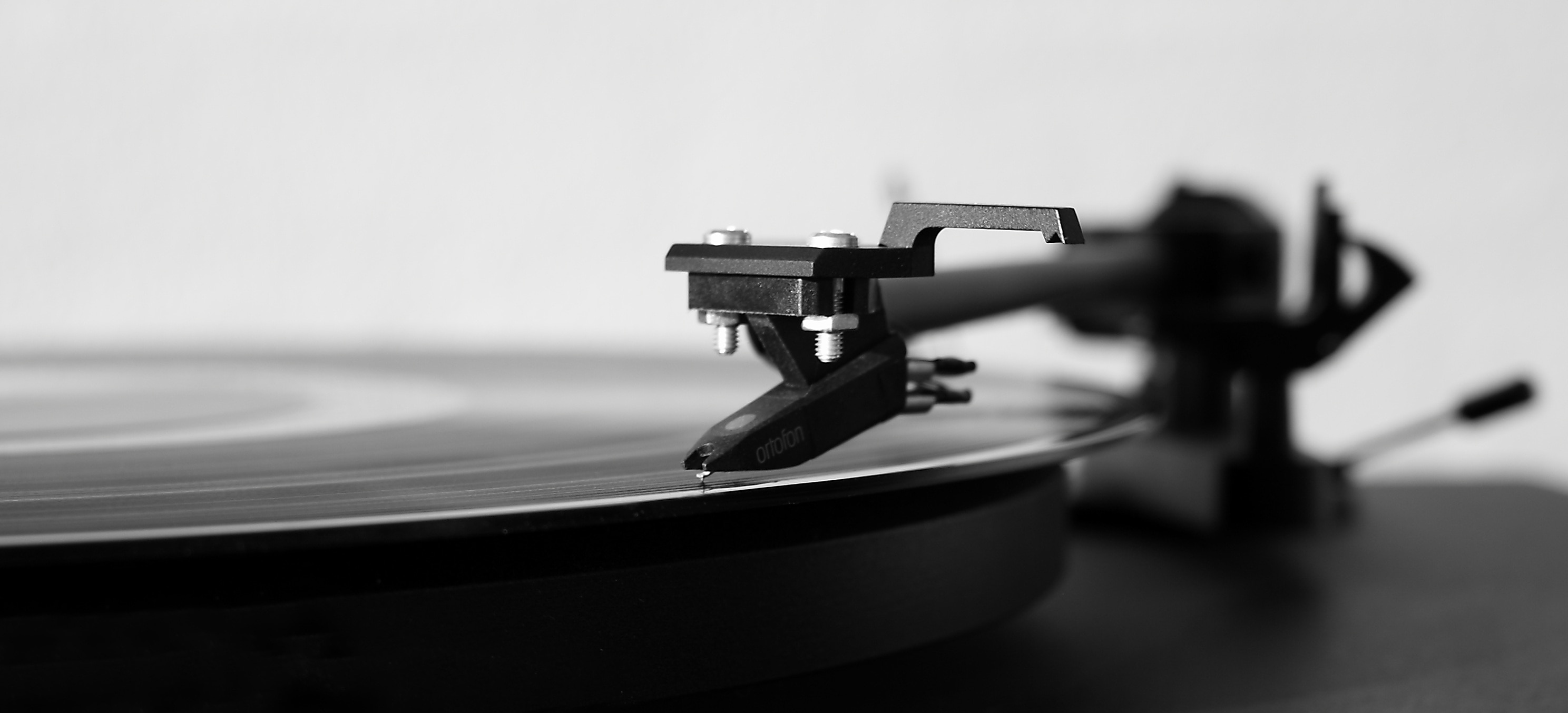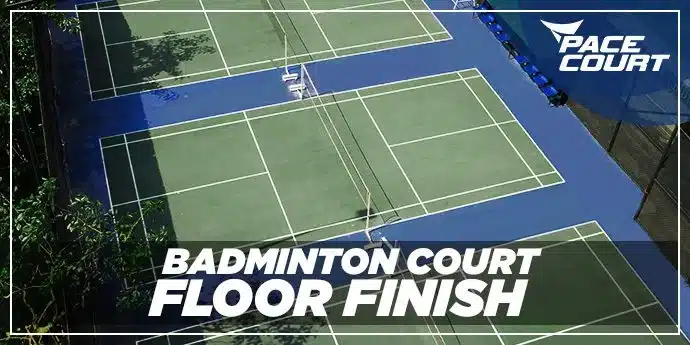Introduction:
At Pacecourt, we take pride in designing synthetic acrylic sports flooring materials. As enthusiasts of the game ourselves, we recognize the importance of maintaining Synthetic Flooring for Badminton Courts that enhances performance. Safety-conscious and long-lasting
This blog post delves into how to fix synthetic flooring for badminton courts as it highlights our expertise in reviving worn-out surfaces. Be it dealing with scratches or scrapes or more serious damages such as cracks and delamination. Our team of expert technicians is committed to keeping your court at its best. Also, we strive to maintain the highest possible standards of excellence in the sports flooring industry as evidenced by every repair we make.
Accompany us on an exploration of synthetic flooring repair. Where we will be providing you insights, tips, and best practices to maintain excellent playability for badminton enthusiasts.
Common Issues with Synthetic Badminton Court Flooring
Cracks and Tears:Resilient as they are, acrylic floors can split up and tear owing to changes in weather, their usage is extensive, or an accident has occurred. For playing surfaces, such defects could endanger users’ safety besides affecting aesthetic looks, hence requiring prompt actions to make repairs. On the contrary, acrylic surfaces could be rough in their finish and are frequent features on indoor courts or outdoors but need caution. Nonetheless, their long-lasting ability brings about beauty, and hencethey are preferred by many, including athletes.
A high-quality acrylic floor provides good support while delivering excellent performance. When it comes to traction on shoes, thus enhancing speed and ensuring that players remain on their feet without falling down. However, other factors such as temperature variations might still cause wear and tear over time. In addition to this, there are times when one may choose laminate or hardwood floors, but an amateur could make more errors than these choice craftsmen who work with wood. Although they prefer working with concrete instead of wood due to its resilience against weathering. Also, other people believe that it's better to buy cheap carpets rather than vinyl tiles since it would be easier to replace them later after several years of use, however good they may look today.
Fading and Discoloration: When sunrays and different weather factors hit the court for a long time. They may make its bright colors fade. Such fading does not only affect how good the court looks but also reduces its line and boundary visibility. Which is important for the accuracy of any game.
Surface Bubbling and Blistering: Poor installation, trapped moisture, or material degradation can lead to bubbling or blistering. These bubbles can create uneven surfaces, which can be hazardous to players and will affect the ball's bounce characteristics.
Wear and Tear: In areas of high traffic, the court will wear down gradually when used on a regular basis. This could lead to a risk of injuries due to the smoothness and slipperiness of the floor.
Preparation for Repair
Prior to initiating any kind of repair job, it is essential to evaluate the destruction extensively. Recognizing how bad the damage is and what kind of damage it is will help in choosing the right repair method and materials. At Pacecourt, we advise that all repairs made using high-quality acrylic materials in order to ensure longevity as well as to maintain conformity with the original surface.
Gathering Necessary Tools and Materials: For most repair jobs, you'll need the following tools:
- Acrylic filler compound
- Sandpaper or sanding machine
- Paint and rollers
- Cleaning supplies (broom, vacuum, cleaning solution)
- Safety gear (gloves, goggles)
Safety Precautions: Remember never to leave safety behind, hence always putting on your safety attire and doing your job in a place with good air circulation. And should you be uncertain of the proper way to deal with particular products or machines it is better to ask for assistance from an expert.
Repair Techniques for Acrylic Flooring
Crack and Tear Repair:
Cleaning the Area: Commence with clearing the harmed zone of any soil, rubbish, or free material. In this way, a spotless surface is guaranteed where the filler can stick.
Using Acrylic Filler Compounds: Dab the gap or rip with the filler material ensuring it is slightly overfilled as a provision for shrinkage. Using a trowel or putty knife, smoothen the surface.
Sanding and Leveling: When the filler dries up, use sandpaper to make sure the region is even with the surrounding area. It is important to note that this phase in the process of leveling out is vital in achieving a desirable and smooth playing surface.
Fading and Discoloration Repair:
Repainting Techniques: The most efficient method for reestablishing the original colors that have lost their brightness is to do a repainting job. Thus, quality and UV-resistant paint selected so that the results can last long enough.
Choosing the Right Paint and Color: Match the original surface to the color of paint as much as possible. For your needs we have a variety of colors at Pacecourt.
Surface Bubbling and Blistering Repair:
Causes and Prevention: To prevent future concerns bubbling and blistering, it is essential to understand their causes. It also ensures that you install correctly as well as abstain from using the court when the weather wet.
Proper Repair Methods: Remove the contaminated area then substitute it with a fresh piece of material. Ensure good sticking and roll on top so that there are no air bubbles remaining beneath you.
General Maintenance Tips:
Regular Cleaning: By sweeping and washing it on a regular basis, ensure that the court remains clean at all times. It is recommended to use milder detergents in cleaning while staying away from harsh chemical products that can ruin the surface.
Preventative Measures to Extend Flooring Life: Implementing measures like using mats at entry points and restricting food and drink on the court can help maintain the surface.
Professional vs. DIY Repairs
It's important to know when to do repairs on your own and when to bring in a professional. You can usually do small repairs like very minor cracks or faded spots on your own as long as you know how and use good materials. But, for crucial problems such as large-scale blistering or other kinds of damage in structures, it is wise to call for an expert's help.
At Pacecourt, we skilled services for repairing anything that needs fixing, alongside advice on whether you suited for DIY innovation.
Choosing the Right Products
The appropriate products for repair use can make a great difference in the results. Choose high caliber acrylic fillers, paints and other materials made out of specific surfaces meant for sports. These may seem expensive at first but they are more lasting and resistant to wear out compared to cheap options.

Case Studies: Success Stories from Pacecourt
Pacecourt proven to us through our experiences that synthetic flooring kept in good condition for an extended period of time. If it is properly maintained and repaired timely. Below are some examples of such cases:
Case Study 1:Due to considerable exposure to the sun, a community badminton court showed serious fading and discoloration. Our group rejuvenated the court by repainting with UV-resistant acrylic paint, making it more visible and hence giving it back its lively look.
Case Study 2: An additional case involved bubbles resulting from incorrect installation. We took off the affected part with caution, rectified the source of the moisture, determined everything. Fitted it back again, ensuring everything was alright and safe to walk on smoothly.
Synthetic
Flooring
At
reasonable
price

Conclusion
For badminton courts, keeping synthetic floors well-maintained is important to ensure both safety and attractiveness. You can have a durable playing surface by responding swiftly to usual problems such as cracks, fading, and bubbles. Either dealing with minor repairs on one’s own or asking for help from an expert necessitates the application of appropriate materials and methods. At Pacecourt, we’re dedicated to offering superior quality products and services for adverse sport floors needs. The frequent upkeep of your court, as well as significantly taking all necessary precautions, will help it remain in good shape, giving players and spectators an auspicious opportunity.




This article offers valuable insights into repairing synthetic flooring for badminton courts. Understanding the repair process is crucial for maintaining court quality and safety. Thanks for sharing your expertise!